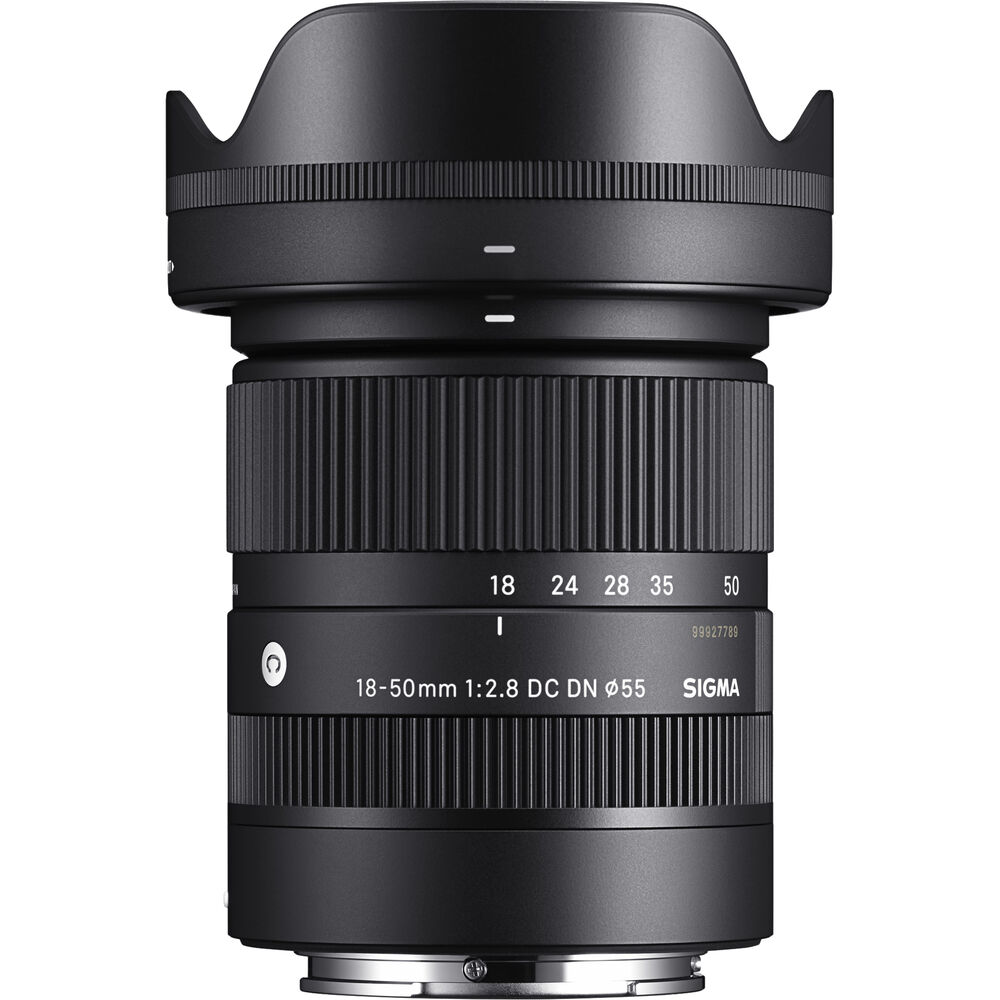
Sigma 18-50mm F2.8 DC DN Contemporary Sony E mount
C1850DCDNSE
Log-in to add this product to your favourites
Ask a question about this product
Description
Large F2.8 aperture and superb image quality
The SIGMA 18-50mm F2.8 DC DN | Contemporary covers 27mm to 75mm in the 35mm format, and has a wide aperture of F2.8 throughout the entire zoom range. This makes it easy to achieve blurry backgrounds, which is ideal for shooting attractive portraits and close-ups. The bokeh is smooth and attractive so doesn't distract from the in-focus subject.
The lens' three high-precision glass-molded aspherical elements coupled with the minimization of the total number of elements yields superb optical quality without excessive weight, and the use of in-camera aberration correction further eliminates optical imperfections such as distortion and vignetting. This has all been made possible by the latest optical design technology at SIGMA's only production base in Aizu, where all SIGMA lenses are built.
Exceptionally compact and lightweight body ideal for mirrorless cameras
The SIGMA 18-50mm F2.8 DC DN | Contemporary is remarkably compact, matching the portability of APS-C mirrorless camera bodies. This makes it a perfect workhorse lens that is ideal for general day-to-day use. The lens is currently the smallest and lightest in its class, boasting a maximum diameter of 65.4mm, a length of 74.5mm and weight of 290g, yet still maintains a constant aperture of F2.8.
To keep the lens as light as possible, SIGMA constructed the body from carefully selected materials. A polycarbonate called Thermally Stable Composite (TSC) was used for the construction of the barrel, which is sleek, robust, and importantly has a thermal conductivity close to that of aluminum. This ensures stable performance and good operability when used in changing temperatures. By deliberately using metal for some of the internal structure, the parts could be much thinner and have a higher rigidity, ensuring the lens can stand up to frequent, heavy use

